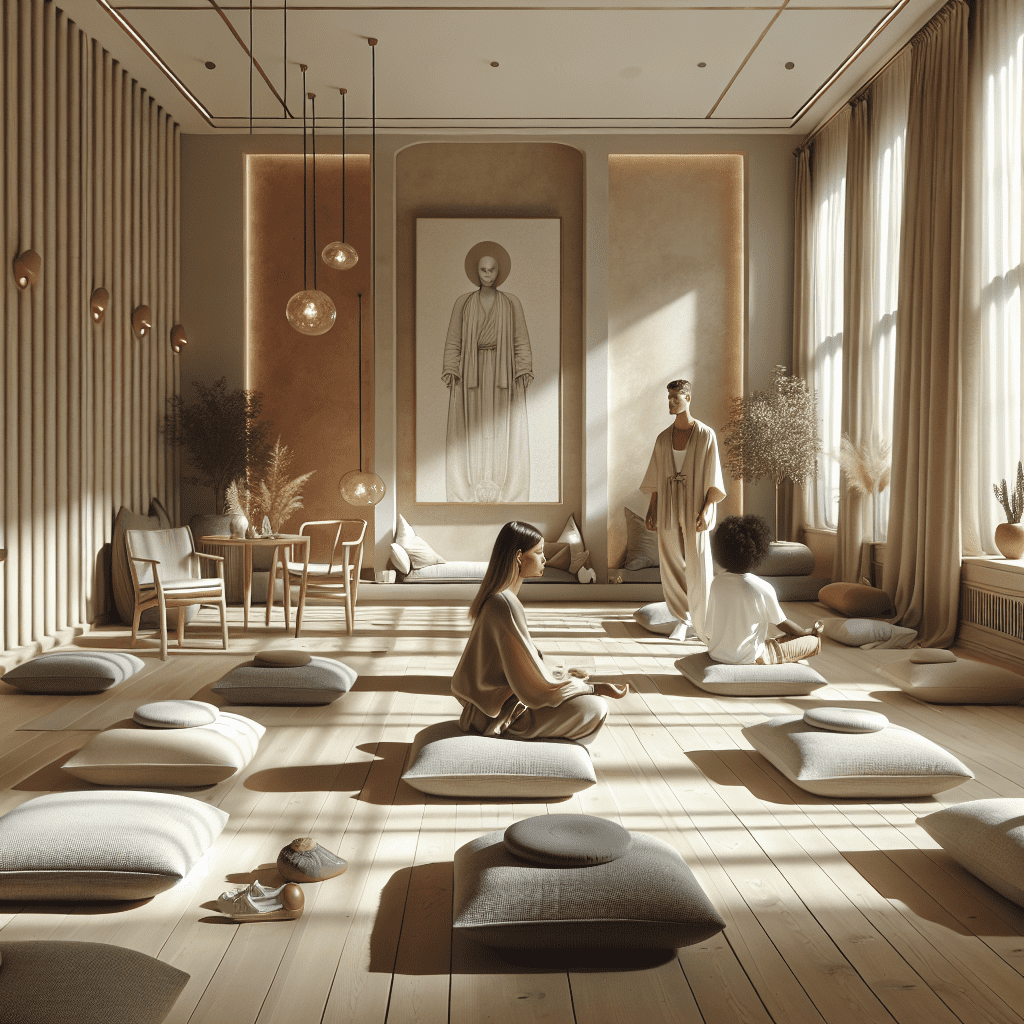
Prioritize your mental well-being daily. Enhance your life by nurturing your mental health with the Smart Meditation app. Break free from stress, alleviate anxiety, and enhance your sleep quality starting today.
Kirlian Photography
Unveiling the Aura with Kirlian Photography
Ah, the mysteries of the universe! Just when you think you’ve got it all figured out, along comes something like Kirlian Photography. This fascinating technique, more of an art than science to some, dives deep into the world of the unseen, capturing what many believe to be the physical representation of the spiritual aura. But before we get ahead of ourselves, let’s get the lowdown on what Kirlian Photography actually entails.
The Essence of Kirlian Photography
At its core, Kirlian photography is not your run-of-the-mill picture-taking endeavor. It’s an experimental process that captures electrical coronal discharges. “Say what now?” you might ask. In plainer English, it’s a technique used to photograph the auras or biofields of living entities, whether that’s a person, a plant, or your beloved pet Fido.
This method was discovered—almost stumbled upon, really—by Soviet scientist Semyon Kirlian and his wife Valentina in 1939. The duo found that if an object on a photographic plate is connected to a high-voltage source, an image is created on the photographic plate. This image is thought by some to depict the energetic field or life force surrounding the object. Cool, huh?
But hold your horses—before you go thinking this is all about seeing ghosts or spirits, you should know that the scientific community has offered up more grounded explanations. They suggest these images are merely the result of moisture and electrical grounding issues. However, the debate rages on, with proponents of Kirlian photography viewing it as a window into the invisible universe of energy fields.
Capturing the Invisible
If the idea of visualizing the unseen fascinates you, then Kirlian photography might just be up your alley. Here’s what you need to explore this intriguing domain:
-
The Right Gear: No, you don’t need a state-of-the-art camera. A basic setup involves a source of high voltage, metal plates, and photographic film or paper.
-
A Dash of Experimentation: Trial and error is your best friend here. Different subjects under different conditions can yield a wide array of results.
-
An Open Mind: Whether you’re a skeptic or a true believer, approaching Kirlian photography with curiosity is key. You never know what you might discover.
For those keen on the intersection between science and spirituality, Kirlian photography offers a compelling combination. It straddles the line between two worlds, inviting us to ponder the deeper aspects of life and the universe. Whether it captures the essence of our spiritual aura or simply an interesting scientific phenomenon is up for debate, but one thing’s for sure—it’s fascinating.
A Tool for Exploration
Given the unique nature of Kirlian photography, it has found its niche not just among photography enthusiasts but also within the realms of alternative medicine and spiritual practices. It’s utilized as a diagnostic tool, a method of visualizing the changes in energy pre and post treatment or meditation. Imagine tracking the effects of meditation or healing practices through visual evidence of changes in your aura!
For those who are intrigued and want to dip their toes into the ethereal waters of Kirlian Photography, consider downloading a meditation app. While an app might not let you capture Kirlian photographs directly, many offer guided meditations aimed at enhancing your aura and energy field. Who knows? This might be your first step into a broader exploration of your own personal energy field, with Kirlian photography as a complementary tool.
So, whether you’re diving deep into the science, exploring the spiritual implications, or just plain curious, Kirlian photography beckons as a fascinating endeavor. Who wouldn’t want to catch a glimpse of the invisible, after all?





